The Tip of the Iceberg:
Understanding Azerbaijan's Blockade of the Lachin Corridor as Part of a Wider Genocidal Campaign against Ethnic Armenians
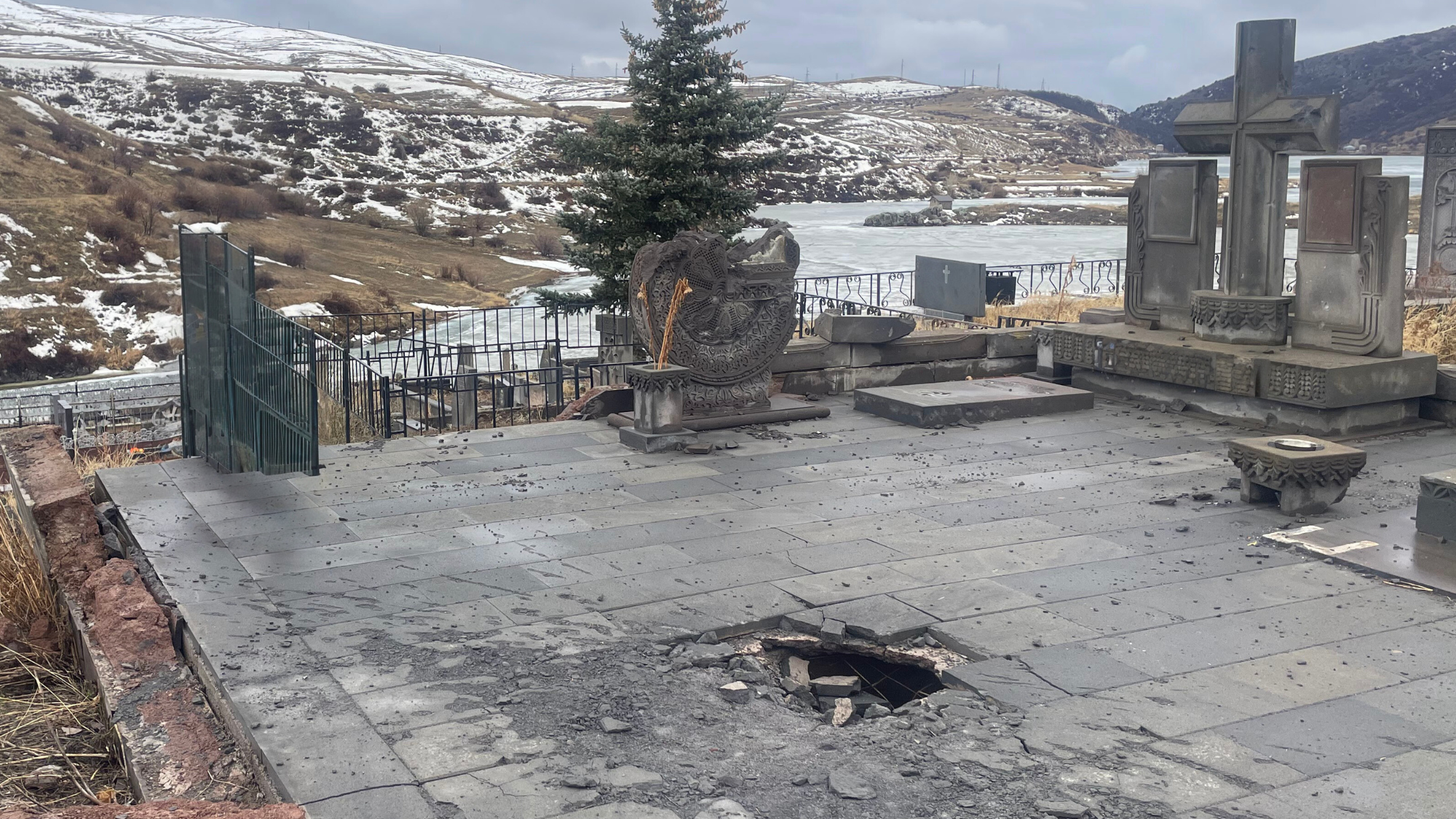
Introduction
As the world condemns Azerbaijan’s blockade of the Lachin Corridor, we must not lose sight of the deeper threat fueling the humanitarian catastrophe: the full-scale ethnic cleansing and potential genocide of Armenians in Nagorno-Karabakh and parts of Armenia.
The University Network for Human Rights, in collaboration with students, lawyers, and academics from Harvard Law School Advocates for Human Rights, UCLA’s Promise Institute for Human Rights, Wesleyan University, and Yale's Lowenstein Project conducted two fact-finding trips in Nagorno-Karabakh and four in Armenia between March 2022 and July 2023.
We documented atrocities perpetrated by Azerbaijani forces against ethnic Armenians during the 44-Day Nagorno-Karabakh War in 2020, after the ceasefire, during the 2022 attacks in sovereign Armenia, as well as in times of relative peace. Among these are extrajudicial killings of civilians, including the elderly and disabled; enforced disappearance of Armenian troops; torture and cruel, inhuman or degrading treatment of prisoners of war; death threats, intimidation, and harassment of residents of border communities; and life-threatening restrictions on freedom of movement and access to vital infrastructure.
Our findings are based on dozens of firsthand testimonies from forcibly displaced persons, families of missing or forcibly disappeared soldiers, families of victims of extrajudicial killings, returned prisoners of war (POWs), and current residents of Nagorno-Karabakh and border communities in Armenia. Most names have been altered to protect the privacy of victims and families.
The uptick in abuses began during the 2020 Nagorno-Karabakh War, also known as the 44-Day War, during which Azerbaijani and Armenian forces engaged in full-scale combat in and around Nagorno-Karabakh.
By the conclusion of the war, Azerbaijan had assumed control of a significant portion of Nagorno-Karabakh; no Armenians remain in those areas: If they had not fled before their villages fell, Azerbaijani forces captured or executed them.
Despite provisions of the ceasefire agreement suspending military activity, Azerbaijan has taken advantage of its expanded power to commit grave abuses against the residents of Nagorno-Karabakh and Armenian border towns, Armenian troops stationed close to the line of contact, and prisoners of war in Azerbaijan's custody.
In fall 2023, we expect to release a substantial report detailing violations committed by Azerbaijani state forces after the conclusion of the 2020 Nagorno-Karabakh War, including the lack of accountability for wartime atrocities, as well as ongoing threats to the security of the Armenians still living in Nagorno-Karabakh and Armenian border villages. Our report will be based on testimonies from nearly 100 residents of the region, thousands of pages of official and media reports, and analysis of open source data, including satellite imagery and video content circulated on social media platforms.
For now, given the grave violations committed over the past three years and with increasing intensity in recent weeks, the closure of the Lachin corridor, and the very real threat of mass forced displacement, widespread starvation and genocide, we have decided to publish an abridged version of the report now.
We conclude here, and in the report to be issued, that the Azerbaijani government, at the highest levels, has condoned, encouraged, facilitated the commission of or directly perpetrated the most egregious forms of violence against Armenians.
Moreover, the abuses we documented are not a string of unrelated rights violations; taken together, these abuses reveal a synchronized, comprehensive campaign to empty Nagorno-Karabakh and parts of Armenia of Armenians. Over the past three years, thousands of Armenians have faced an impossible decision: abandon their homes -- and sometimes their sick or elderly family members -- or face death or worse at the hands of Azerbaijani forces. Today, the population of Nagorno-Karabakh, sequestered by Azerbaijan's total prohibition on movement along the Lachin Corridor, may not even have the luxury of choosing escape. As the humanitarian crisis in the Lachin Corridor reaches a boiling point, the door is closing on the chance to prevent another genocide against ethnic Armenians.
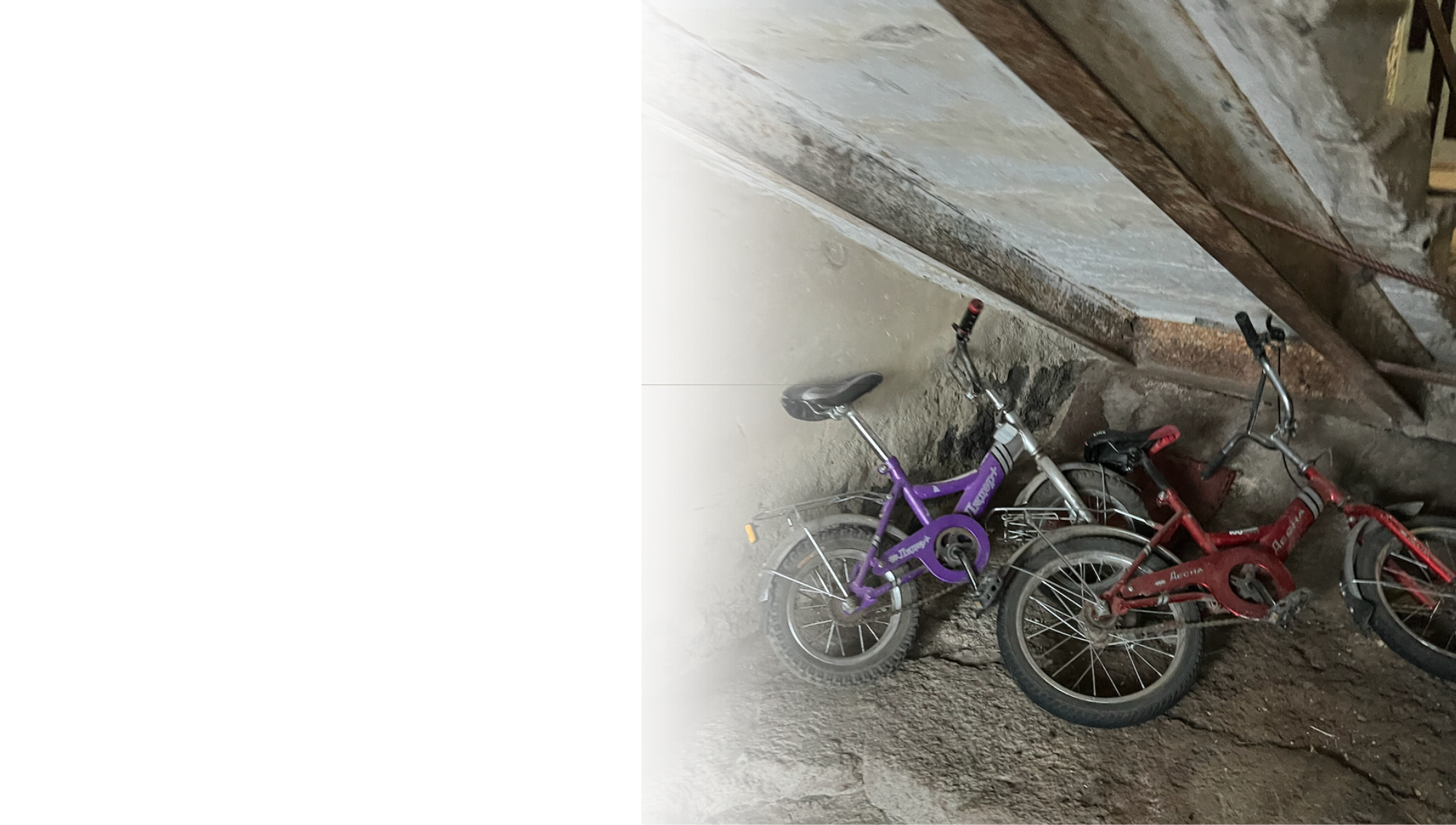
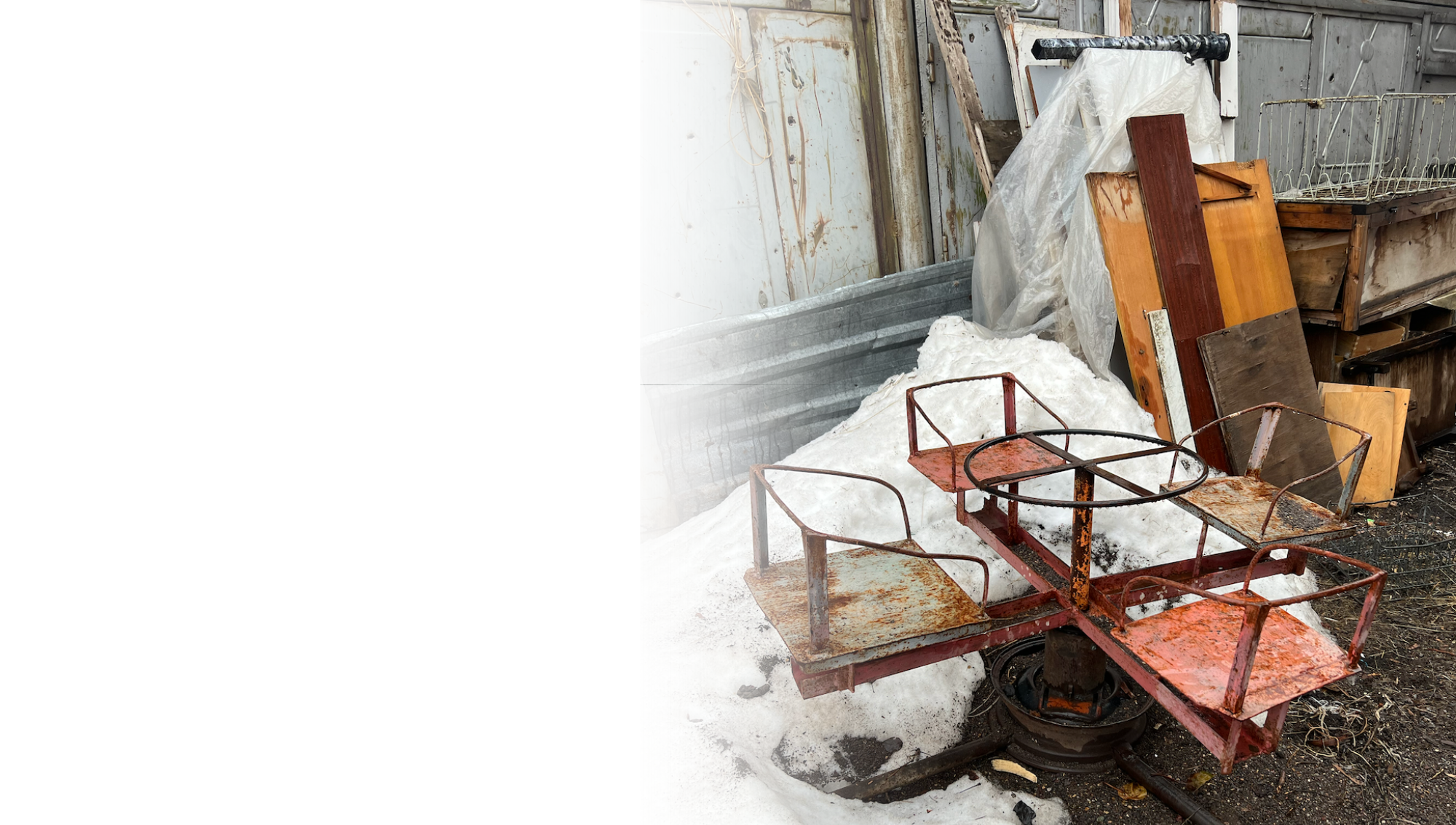
The uptick in abuses began during the 2020 Nagorno-Karabakh War, also known as the 44-Day War, during which Azerbaijani and Armenian forces engaged in full-scale combat in and around Nagorno-Karabakh.
By the conclusion of the war, Azerbaijan had assumed control of a significant portion of Nagorno-Karabakh; no Armenians remain in those areas: If they had not fled before their villages fell, Azerbaijani forces captured or executed them.
Despite provisions of the ceasefire agreement suspending military activity, Azerbaijan has taken advantage of its expanded power to commit grave abuses against the residents of Nagorno-Karabakh and Armenian border towns, Armenian troops stationed close to the line of contact, and prisoners of war in Azerbaijan's custody.
In fall 2023, we expect to release a substantial report detailing violations committed by Azerbaijani state forces after the conclusion of the 2020 Nagorno-Karabakh War, including the lack of accountability for wartime atrocities, as well as ongoing threats to the security of the Armenians still living in Nagorno-Karabakh and Armenian border villages. Our report will be based on testimonies from nearly 100 residents of the region, thousands of pages of official and media reports, and analysis of open source data, including satellite imagery and video content circulated on social media platforms.
For now, given the grave violations committed over the past three years and with increasing intensity in recent weeks, the closure of the Lachin corridor, and the very real threat of mass forced displacement, widespread starvation and genocide, we have decided to publish an abridged version of the report now.
We conclude here, and in the report to be issued, that the Azerbaijani government, at the highest levels, has condoned, encouraged, facilitated the commission of or directly perpetrated the most egregious forms of violence against Armenians.
Moreover, the abuses we documented are not a string of unrelated rights violations; taken together, these abuses reveal a synchronized, comprehensive campaign to empty Nagorno-Karabakh and parts of Armenia of Armenians. Over the past three years, thousands of Armenians have faced an impossible decision: abandon their homes -- and sometimes their sick or elderly family members -- or face death or worse at the hands of Azerbaijani forces. Today, the population of Nagorno-Karabakh, sequestered by Azerbaijan's total prohibition on movement along the Lachin Corridor, may not even have the luxury of choosing escape. As the humanitarian crisis in the Lachin Corridor reaches a boiling point, the door is closing on the chance to prevent another genocide against ethnic Armenians.
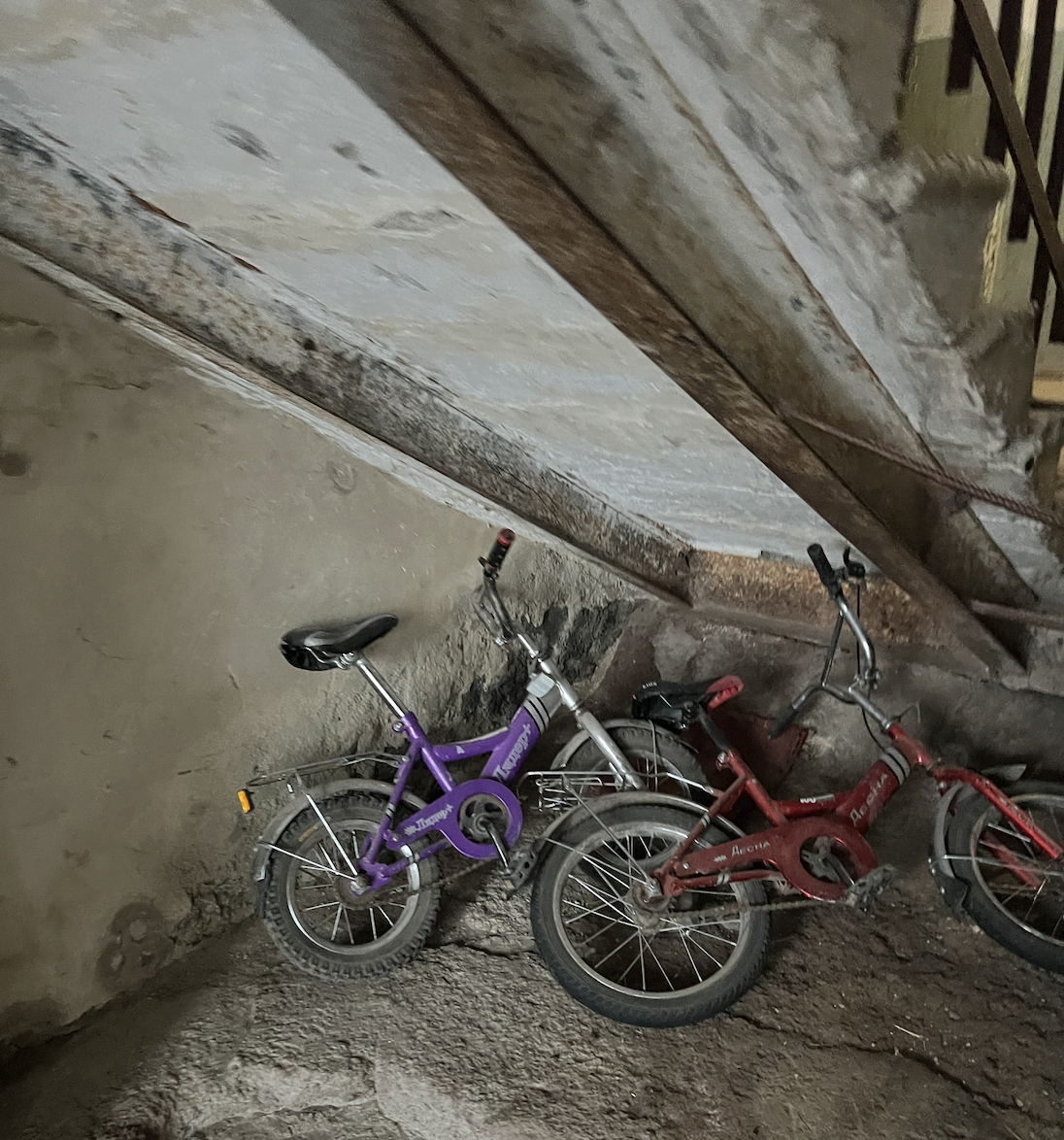
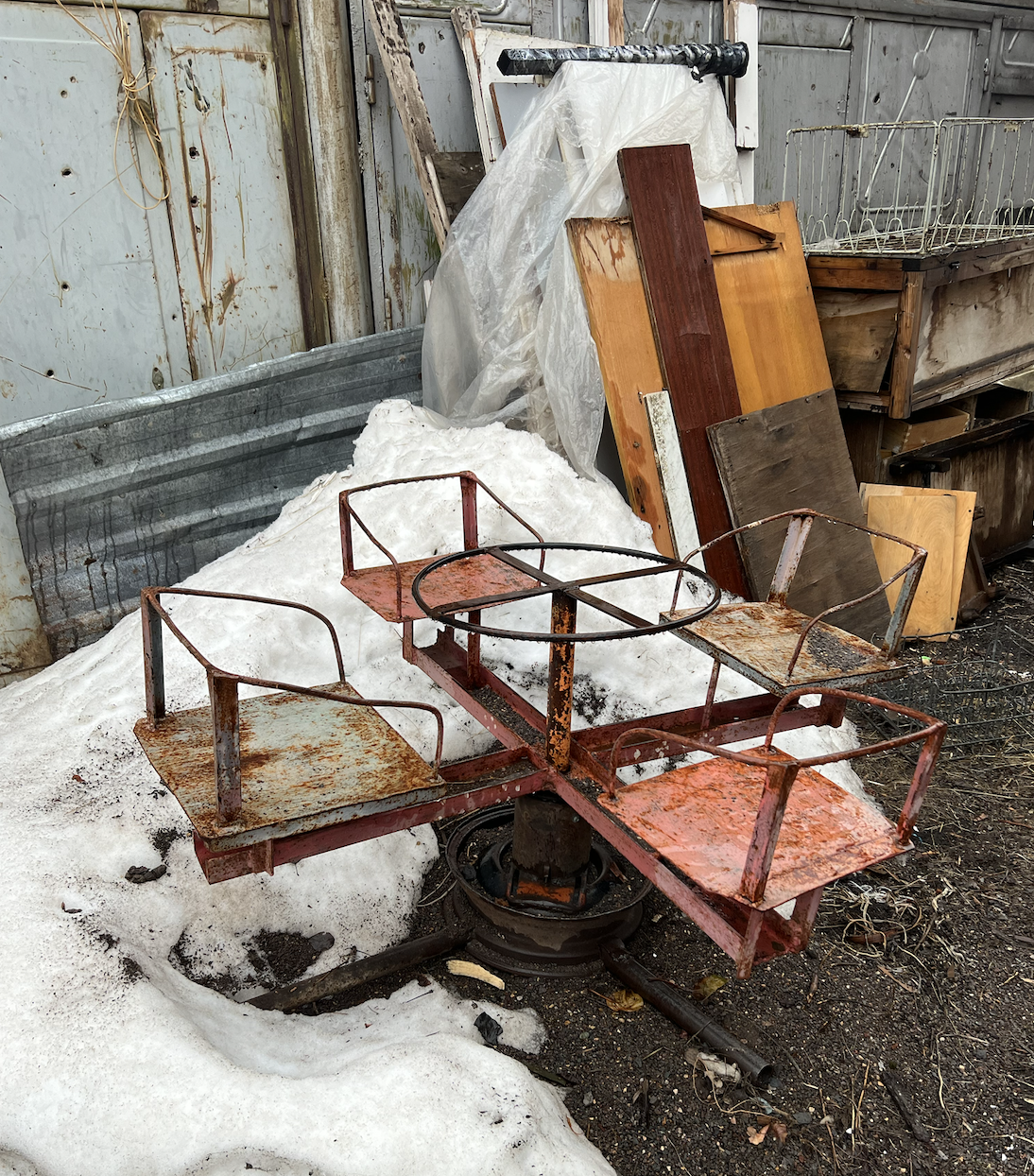
I. FORCED DISPLACEMENT
Azerbaijan has deployed a series of mutually reinforcing measures that have made life in Nagorno-Karabakh impossible for its 120,000 inhabitants.
Our team spoke with dozens of residents of Nagorno-Karabakh and Armenian border communities who described a range of abusive tactics intended to cause or resulting in the forced displacement of ethnic Armenians:
The Mechanisms of Forced Displacement used by Azerbaijan:
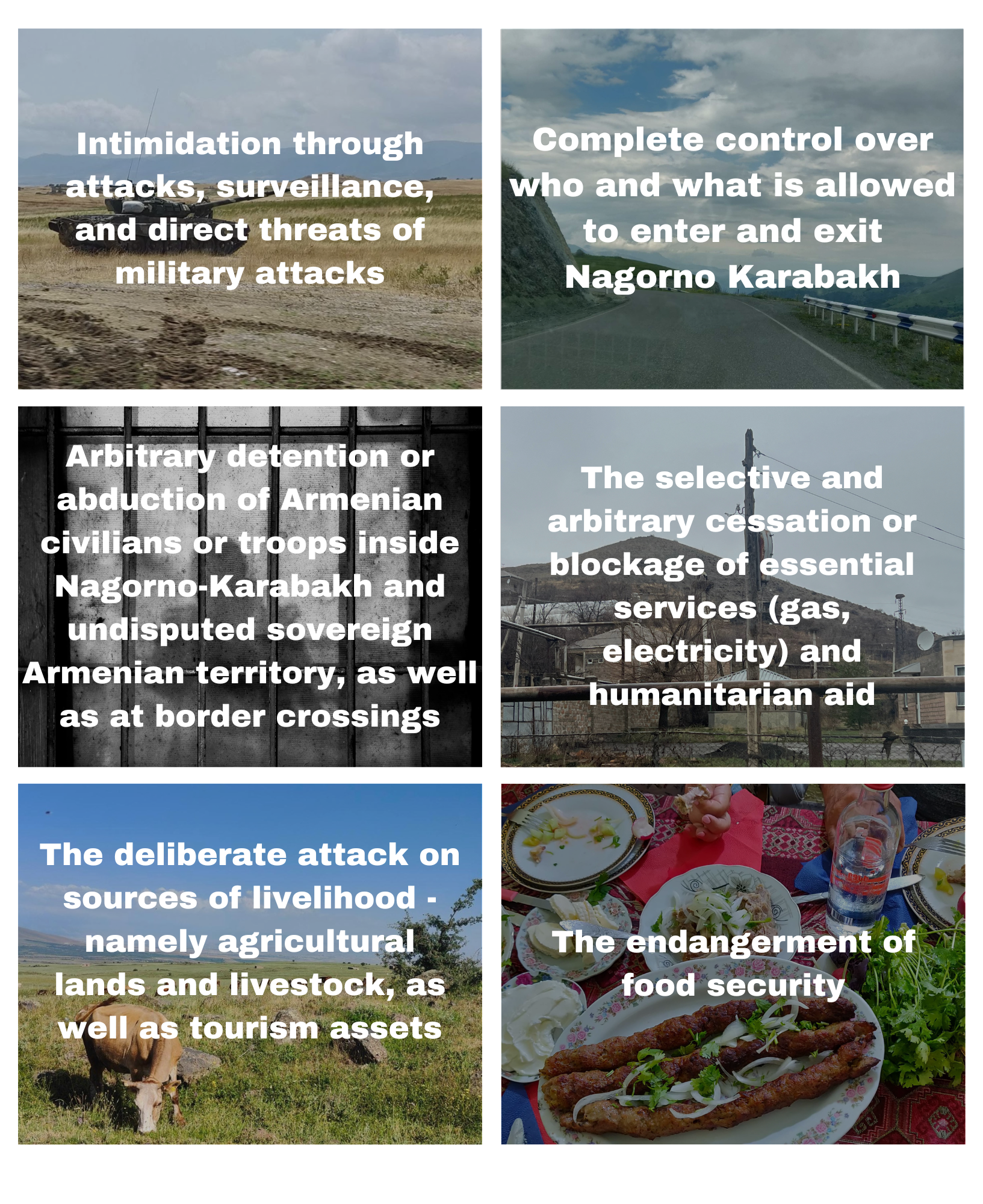
These mechanisms play out against a backdrop of celebratory displays of torture and killings of Armenians and unapologetic destruction of property and cultural heritage.
This situation will result in the mass exodus of ethnic Armenians from Nagorno-Karabakh (if Azerbaijan lifts the blockade of the Lachin corridor), the coerced surrender of the self-declared independent republic to Azerbaijan, or the slaughter of the Armenians still living in Nagorno-Karabakh.
According to several people with whom University Network researchers spoke, one of the principal forms of violence that has driven many from their homes has been Azerbaijani’s use of intense and persistent shelling. For instance, in Khramort, a village on the eastern border of Nagorno-Karabakh close to the frontline, residents claim that the shelling that occurred at the onset of the war still continued when our team interviewed them in March 2022, just one day after they fled to Stepanakert.
Susana, an epidemiologist who lived in the village with her daughter and grandchildren, had already been displaced earlier in the war from Hadrut, the location of some of the most brutal killings of civilians during the 2020 war. In Khramort in 2022, she explained how relentless shelling has impeded simple day-to-day activities and caused many to flee.
“There is no way to continue living in Artsakh. They are violating human rights in every possible way from every possible side.”
The Human Rights Ombudsman of the Republic of Artsakh (Nagorno-Karabakh) documented the intimidation of the civilian population of Khramort and other border villages in a report published in March 2022.
The report presents detailed accounts of the use of high caliber weapons, including grenade launchers and firearms, on agricultural lands and equipment and near administrative and residential areas, prompting the evacuation of women and children as well as the cessation of all agricultural activity.
Over a period of five days, shelling from Azerbaijan pushed Armenian residents in seven different communities from two of the easternmost regions of Nagorno-Karabakh to cease agricultural work and thus sacrifice their only source of livelihood, and to abandon their homes. At the time that report was published, the Human Rights Defender stated that,
“Russian peacekeepers are unable to provide security guarantees for civilians engaged in agricultural work.”
A year later, when University Network researchers returned to Armenia to conduct additional fact finding, we found that Azerbaijani forces had attacked sovereign Armenia as well, particularly in border villages of the Vardenis and Syuniq regions, using the same tactics: shelling of administrative and civilian structures, firing on agricultural and grazing lands, as well as killing or theft of livestock.
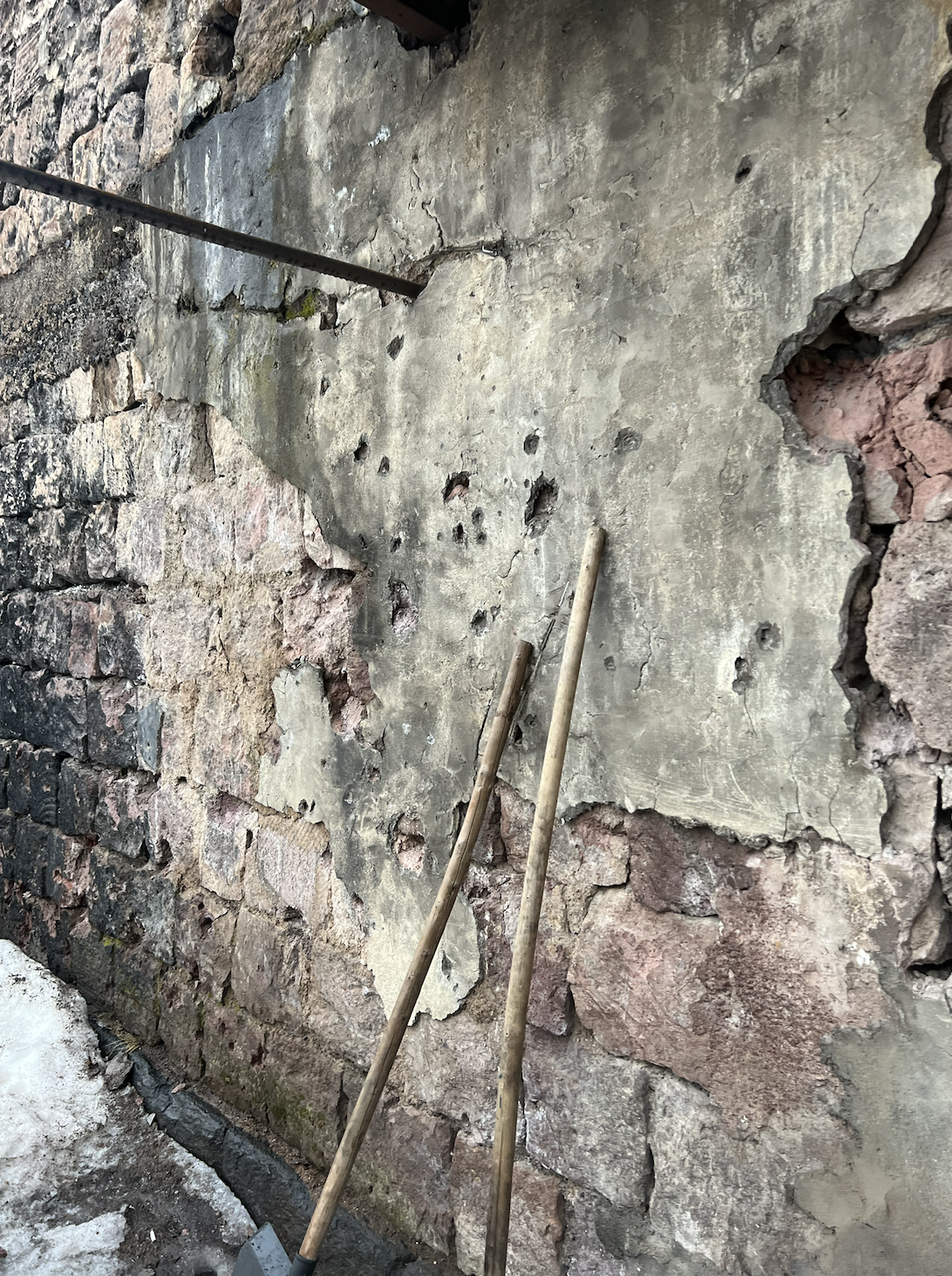
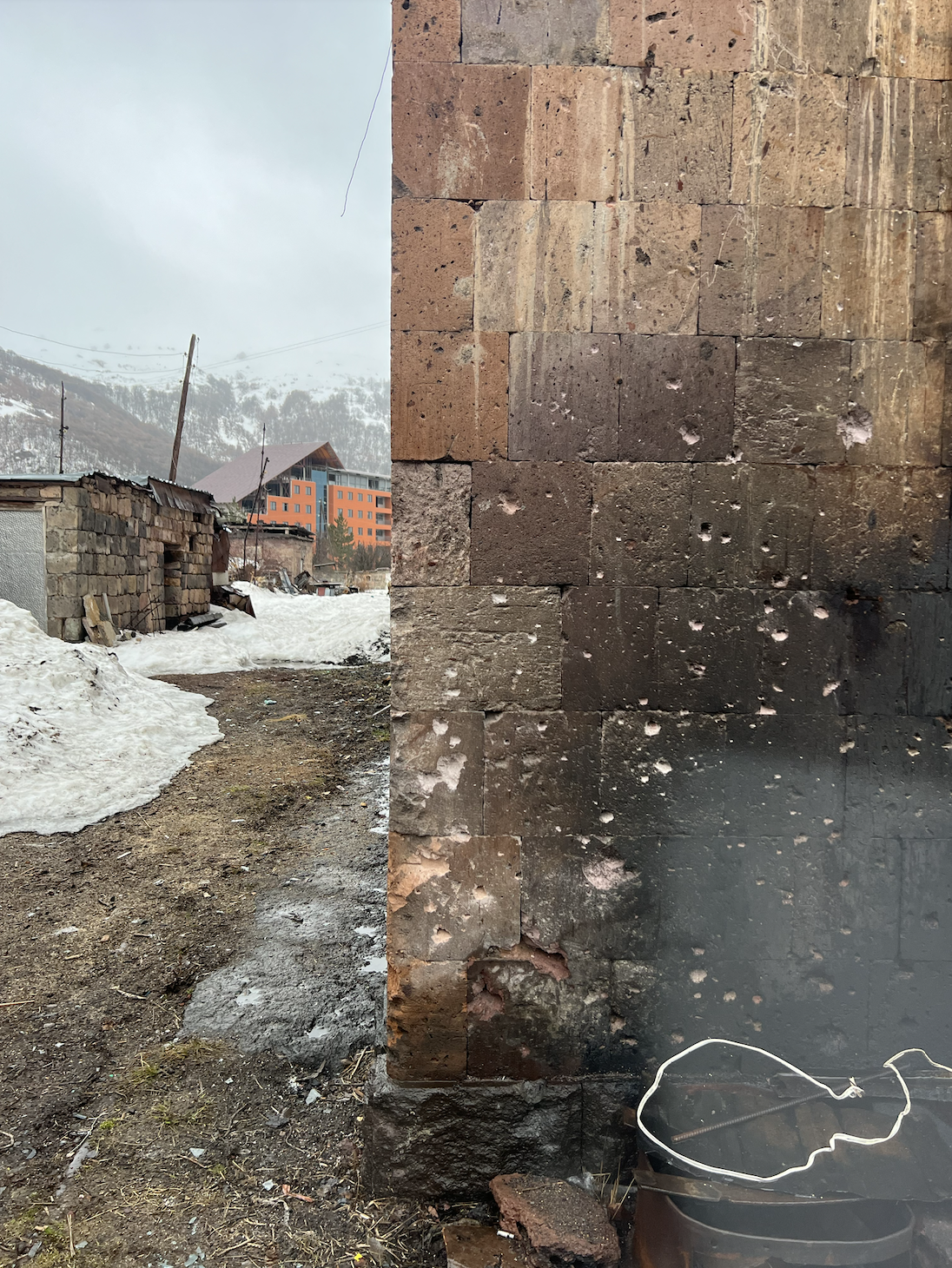
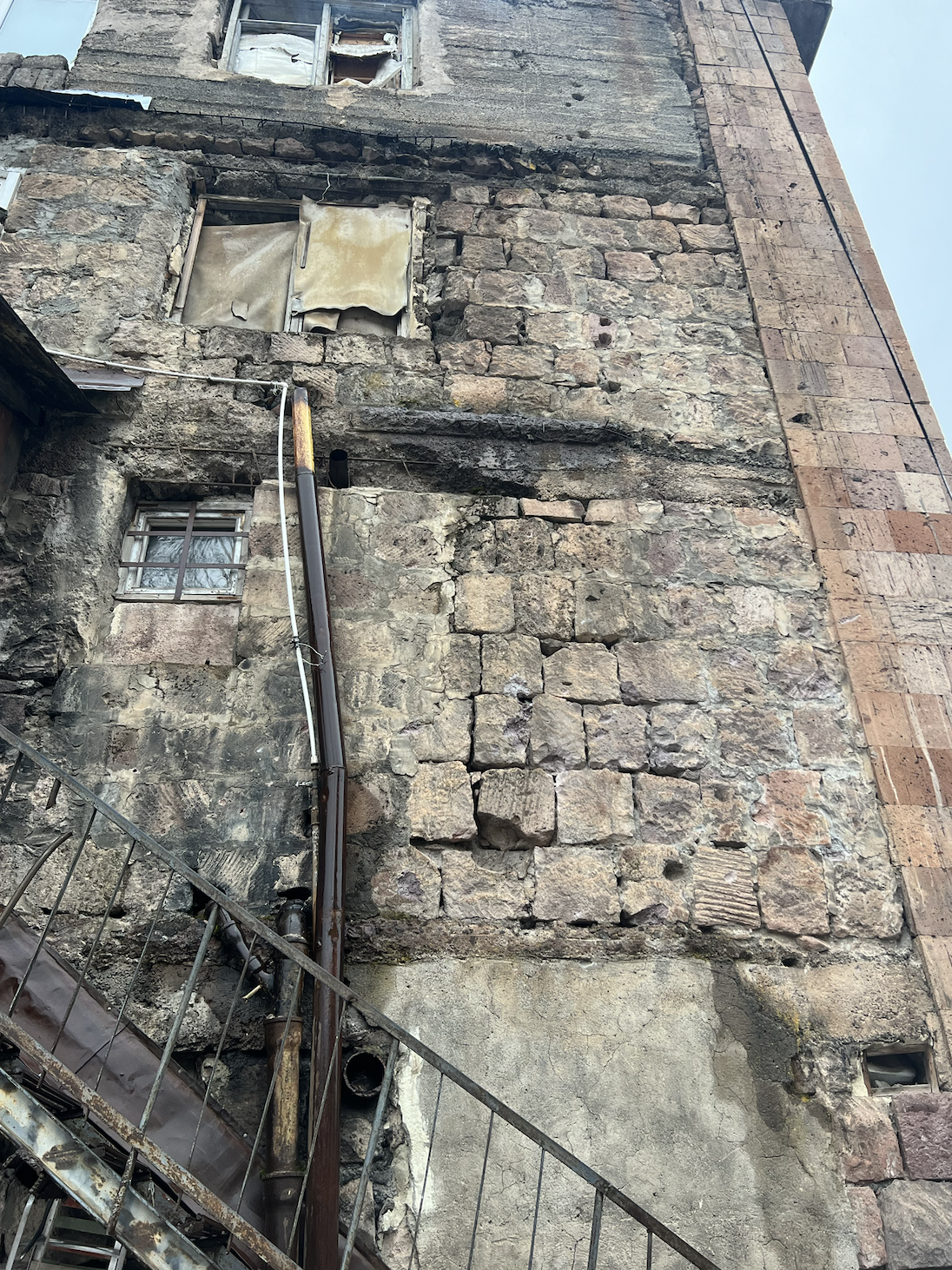
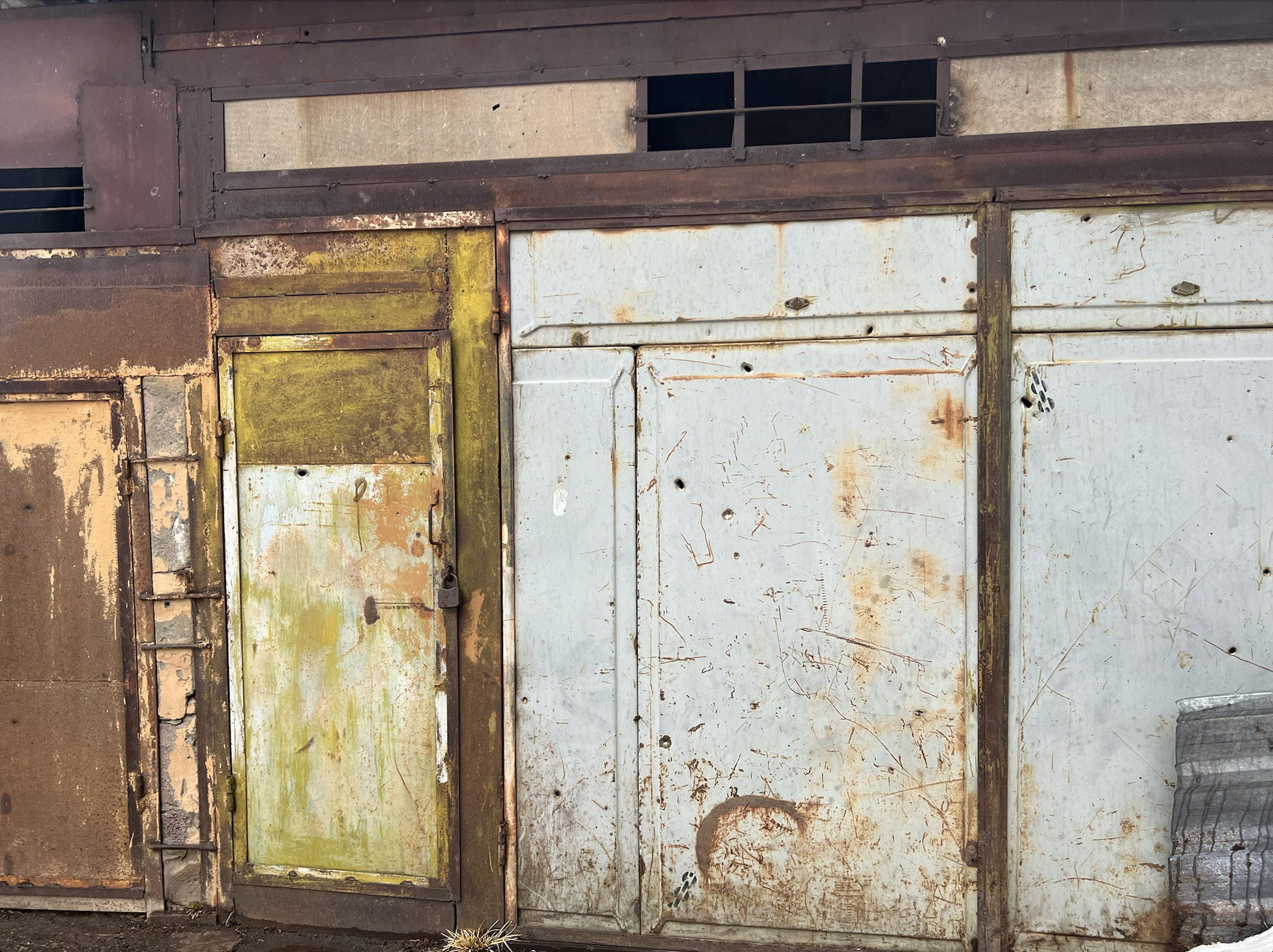
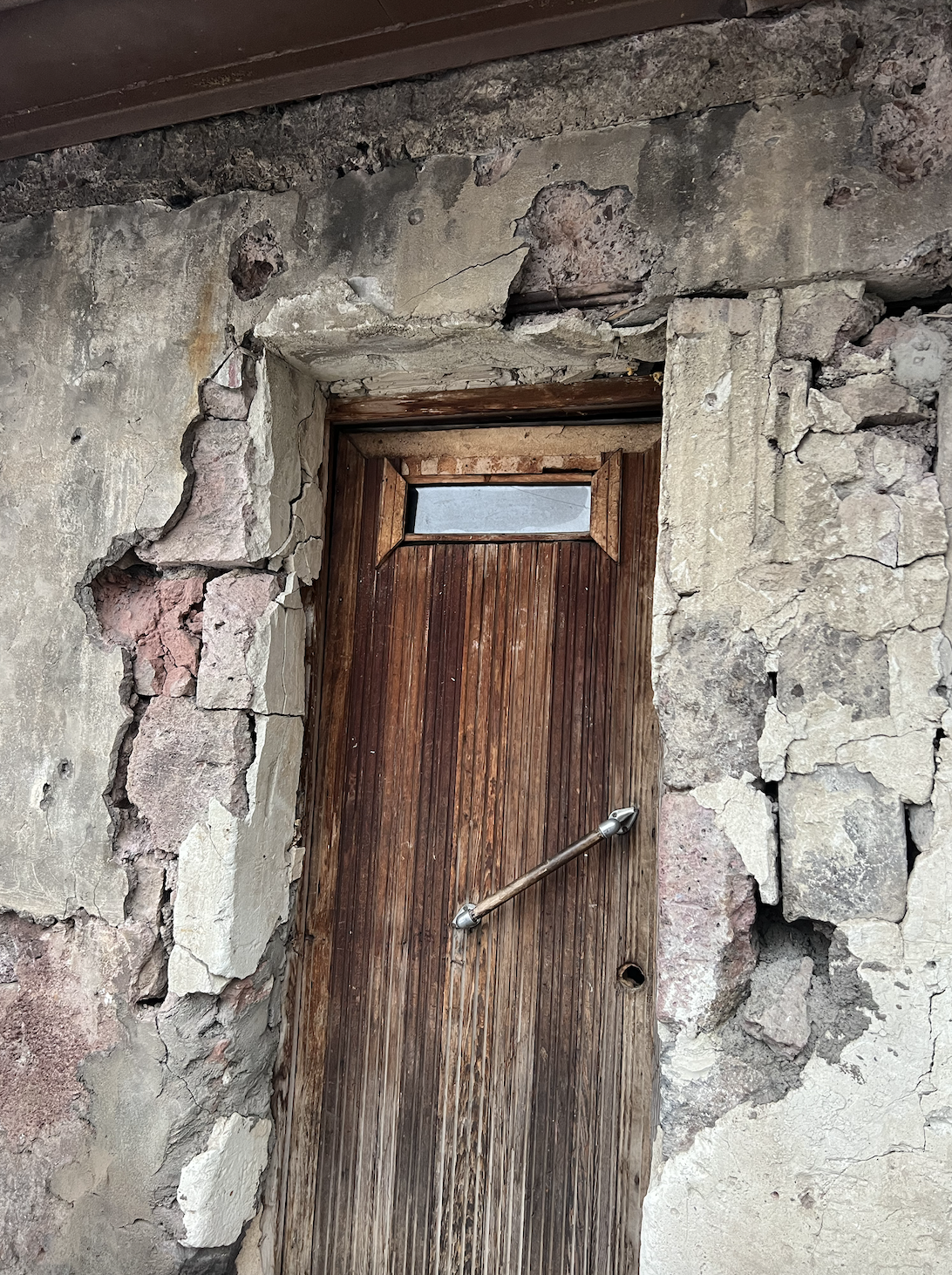
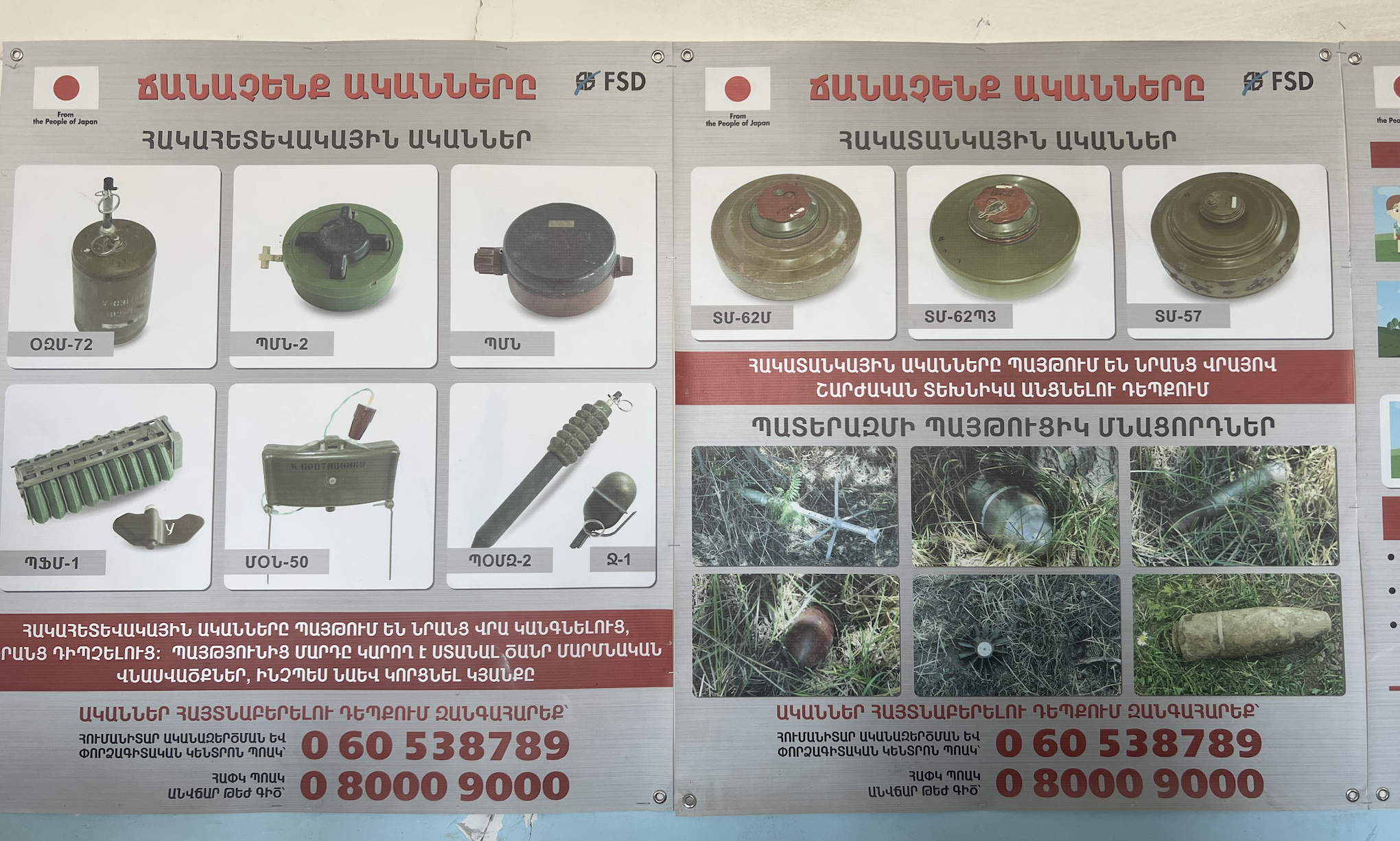


Evidence of artillery shelling in Vardenis Municipality documented by University Network researchers.
Evidence of artillery shelling in Vardenis Municipality documented by University Network researchers.

Evidence of artillery shelling in Vardenis Municipality documented by University Network researchers.
Evidence of artillery shelling in Vardenis Municipality documented by University Network researchers.

Evidence of artillery shelling in Vardenis Municipality documented by University Network researchers.
Evidence of artillery shelling in Vardenis Municipality documented by University Network researchers.

Evidence of artillery shelling in Vardenis Municipality documented by University Network researchers.
Evidence of artillery shelling in Vardenis Municipality documented by University Network researchers.

Evidence of artillery shelling in Vardenis Municipality documented by University Network researchers.
Evidence of artillery shelling in Vardenis Municipality documented by University Network researchers.

Bomb identification chart hung in a school in Mets Masrik village, Armenia documented by University Network researchers.
Bomb identification chart hung in a school in Mets Masrik village, Armenia documented by University Network researchers.

Shrapnel recovered by residents documented by University Network researchers.
Shrapnel recovered by residents documented by University Network researchers.
Azerbaijan has employed the mechanisms of forced displacement incrementally. This has led to a general under-acknowledgement of the overarching threat presented by individual acts of encroachment on the autonomy and security of Armenian communities in Nagorno-Karabakh and along the Armenian border.
To illustrate: Azerbaijan's obstruction of freedom of movement along the Lachin Corridor has gradually increased since the end of the 44-Day War.
Based on information gathered by the University Network through conversations with individuals and organizations familiar with the process of transiting the Lachin corridor, we strongly believe that Azerbaijan played a decisive role in denying foreigners, including journalists and human rights defenders, access to Nagorno-Karabakh.
A year later, freedom of movement was dramatically restricted even further, as the Azerbaijani government supported — if not directly facilitated — protests by its citizens that blocked the corridor. The protests were eventually replaced by the creation of the formal border checkpoint, followed by the installation of a concrete barrier, until ultimately reaching a state of complete prohibition of all movement of people, goods, services and humanitarian aid, including International Committee of the Red Cross (ICRC) medical transport vehicles.
"Baku appears to view the checkpoint as a way of asserting control of territory that legally belongs to Azerbaijan but remains out of its hands under the armistice terms, and which Baku now refers to as the ‘former Nagorno-Karabakh Autonomous Oblast.’ Indeed, a mid-level Azerbaijani official characterised the move to Crisis Group as a 'reclamation of sovereignty.'"
Another Azerbaijani official told Crisis Group that Baku will use the new checkpoint to “observe, control and influence” Nagorno-Karabakh (emphasis added by University Network).
In parallel, Azerbaijan has taken advantage of its appropriation of basic infrastructure to increasingly undermine Karabakh Armenians' access to basic services. In February 2022, residents of Nagorno-Karabakh started experiencing disruptions in the flow of gas through Shushi (Shusha), the city that had been taken by Azerbaijan in the last days of the 2020 War. In September 2022, after Azerbaijan acquired control of electricity cables traversing the Lachin Corridor, Nagorno-Karabakh drastically increased its reliance on scarce internal water resources to generate hydroelectric power.
Territorial encroachment has also been incremental: After the initial transfer of some areas in accordance with the terms of the 44-Day War ceasefire agreement, Azerbaijani forces moved further in on sovereign Armenian territory on several occasions throughout 2021. These operations culminated in the September 2022 attacks across four distinct civilian and touristic areas in the southeast of Armenia. The September 2022 attacks brought with them another round of arbitrary detentions, torture of Armenian captives, and summary executions.
There has been no reliable buffer between vulnerable Armenian communities and grave threats to their security. Russian forces in Armenia, Lachin, and Nagorno-Karabakh have been insufficient to protect civilian Armenian populations from intimidation, physical attacks, and arbitrary detention. While the presence of the EU Mission in Armenia, a civilian monitoring mission created by the European Union, has offered some oversight, at the time of writing, the threats facing the Armenian population of Nagorno-Karabakh fall outside their mandate.
Hadrut, a city in Nagorno-Karabakh, after it was taken over by Azerbaijan. University Network researchers interviewed people that fled this city. Interviewees told researchers that Azerbaijani military forces killed their neighbors that remained.
To say that this situation is unsustainable for Armenians living in Nagorno-Karabakh is a gross understatement. Viewed alongside the discriminatory policies and hate speech emanating from the highest levels of the Azerbaijani government, as well as directly from perpetrators of abuses as they are committing them, there is only one way to read the situation: Azerbaijan is openly pursuing a policy of ethnic cleansing and is dangerously close to carrying out the genocide of the Nagorno-Karabakh Armenians.
Allegations of ethnic cleansing are not alarmist. Genocide Watch had issued a Genocide Warning in September 2022, considering “Azerbaijan’s assault on Armenia and Artsakh” to have fulfilled four key steps on the road to genocide: dehumanization, preparation, persecution and denial. In August 2023, former ICC prosecutor Luis Moreno Ocampos asserted, “There is an ongoing Genocide against 120,000 Armenians living in Nagorno-Karabakh."
II. Arbitrary Detention, Torture, and Enforced Disappearance

One former POW, who requested to stay anonymous, told University Network researchers that he could see the mirrored building of Baku from his prison cell. Photo by İltun Huseynli.
One former POW, who requested to stay anonymous, told University Network researchers that he could see the mirrored building of Baku from his prison cell. Photo by İltun Huseynli.
Azerbaijan arbitrarily detained, forcibly disappeared and tortured prisoners of war during the 2020 Nagorno-Karabakh war. Many of these victims remain in custody or are unaccounted for. Following the ceasefire, Azerbaijan has continued to carry out these same abuses against Armenians captured in their incursions into sovereign Armenian territory.
Capture of Armenian soldiers occurred in places with no ongoing hostilities, as soldiers retreated from combat zones in Nagorno-Karabakh, as well as in contested border locations. Since the ceasefire, Azerbaijan has seized Armenians outside the scope of regular military operations, including by detaining Armenian civilians who accidentally crossed unmarked borders in disputed territory; detaining villagers as they tended to their land and herded their livestock; and capturing Armenian soldiers in groups through entrapment. The latter has occurred after surprising or luring in Armenian soldiers and feigning good-faith negotiations.
Azerbaijani forces have also subjected Armenians to due process violations after detaining them, including: spurious charges such as illegally crossing a border in the context of a territorial dispute; use of coerced self-incriminating testimony; and lack of access to interpreters, adequate legal representation and trial by an independent and impartial tribunal.
Torture and cruel, inhuman, or degrading treatment have taken place throughout detention, and differences in conditions and treatment tend to correlate with the location or stage of detention: initial capture, transfer, holding cell/military police custody, State Security Service (SSS) custody, and prison.
The worst treatment has taken place in the military police stations, in SSS buildings, or during the transfer of captives between detention sites. The ICRC has had access to captives only when detainees are in prisons (the final stage of captivity), not when they are in military police or SSS custody, therefore the worst torture violations have gone unnoticed and unpunished.
Forms of torture and mistreatment have included prolonged and repeated beatings with batons, skewers, brooms, and firearms; lacerating wrists with zip-ties; employment of electro-shock and stress positions; sleep deprivation; confiscation of warm clothing during extreme cold; deprivation of food, water, and hygiene products; and infliction of mental suffering and humiliation.
Torture has sometimes been accompanied by expressions of religious or ethnic discrimination. Additionally, Azerbaijani state forces have often shared videos of torture on social media and public television, which serves to further humiliate the victims, instill fear among Armenians, and perpetuate the forced displacement of those remaining in Nagorno-Karabakh.
Perpetrators of torture have included soldiers, special forces, military police, SSS officials, as well as guards and wardens in prisons and other detention centers. Azerbaijani forces also reportedly recruited civilians, including doctors and their patients and minors, to participate in acts of torture in jails and during transfers.
Hundreds of Armenians have been detained and at least 37 remain in detention as of August 17, 2023.
These numbers likely do not capture the full extent of captivity, given that at least some of the people who have at some point been considered missing have been forcibly disappeared – held in secret detention in military police or SSS custody and subjected to the most extreme forms of torture. These Armenian POWs were detained in undisclosed sites and in Baku prisons while Azerbaijan denied knowledge of detainees’ locations to the families, the ICRC, and the Armenian government, despite video evidence that numerous individuals were in custody.
University Network researchers interviewed returned POWs who were in Azerbaijani custody for months before their status changed from “missing” to “POW,” as well as returned POWs who reported being in detention in Azerbaijan alongside Armenians who to this day are classified “Missing in Action” or “MIA.”
Some returned POWs have continues to face challenges even after their release. At least one returned POW told the University Network that an Armenian National Security Service official reprimanded him for not killing himself to avoid capture.
In general, the Armenian government has not provided adequate psychological support to returned POWs. With respect to missing persons, for nearly two years, families of the missing have doubly suffered due to the Armenian government's failure to communicate clear and accurate information. This may be changing thanks to the creation of a new institution dedicated to handling issues of POWs, hostages and missing persons.
Edgar: "The longest day of my life"
Azerbaijani forces captured Edgar along with two other Armenian soldiers when they were several kilometers from Jermuk city in sovereign Armenian territory in September 2022, nearly two years after the ceasefire that ended active hostilities over Nagorno-Karabakh. The three Armenian servicemen had been separated from their unit while following a command to retreat, one day after fighting erupted on the Armenia-Azerbaijan border. After trekking through ravines and wading through rivers all night, they were only a few hundred meters from safety when they were captured:
“We basically reached the forest. I couldn’t imagine in my worst nightmares that the enemy had reached those places. We thought we were safe. When the youngest guy felt really bad we decided to take a break and sleep for like two hours and after that continue on our way. And when we woke around seven in the morning we saw the forest before our eyes, and we saw that there were only several hundred meters to the forest, so we started moving and after we took several steps the enemy sniper from behind a nearby boulder said 'put down your weapons or I’ll shoot'. When they said put your weapons down, the boys with me put down their weapons but I didn’t put down mine, thinking, ‘What should I do?’ It was obvious if we put down our weapons... maybe we get taken captive, maybe we get shot, maybe something worse happens (no need to go into detail). I bought time by pretending I didn’t understand Russian… At that moment it was difficult to make the decision to live. I made that choice remembering my mother, my sister… My guys turned around and looked at me and asked me, please put down your weapon. So I put down my weapon and we became captives.
"At the beginning they were threatening us, taking out knives, making motions of cutting ears. I wasn’t scared because I was sure I would pass out before they cut my ears."
Edgar's captors eventually transported him to military police custody in Azerbaijan:
“I stayed there for only one day, but it was the longest day of my life…They keep you in a small room, there is a small hole in the door where they can watch you, and you are supposed to stay still like this [sits upright and stiffens his body] all the time, whether it is day or night or if you want to go to the toilet, it doesn’t matter. They forced us to stand."
When the University Network interviewer asked how long, Edgar responded:
“Always…
"They only let us move when they gave us food, which happened once a day, a piece of bread this size [holds his thumb and index finger about three centimeters apart]. I was lucky because I was there only for one day, but the worst part about being at the military police station is that four to five people came every 45-50 minutes and hit you very hard, really, really hard. It doesn’t matter if you stayed still or moved. It was their job and they enjoyed it very much, I think."
Edgar was in the prison for approximately one week before the first visit of the Red Cross.
On September 22, the day before the Red Cross came “we were brought a variety of items - soap, shampoo, clothes, a pillow (until then we had no pillow), a blanket (until then we didn’t have a blanket, it was cold), and they even set up a television set. They also brought books.
“Before they had brought books that were basically Azerbaijani propaganda about how awful Armenians are…When the Red Cross came they also brought books translated into Armenian, Jack London, Agatha Christie…When we saw the ICRC come we could finally breathe because that meant that the world knew about us. Until then we thought we would be in Baku for months or years and that would be considered disappeared.”
That fear was well-founded. Azerbaijani forces had captured Hagop in Armenia in November 2021. Weeks transpired before Azrebaijani authorities officially acknowledged that Hagop was in their custody. In an interview with University Network researchers, Hagob recalled how while he was in prison,
“[An interrogator] told me that I was considered to be MIA. He told me that they could do whatever they wanted to those of us considered MIA—that they could kill and bury me and no one would ever know anything.”
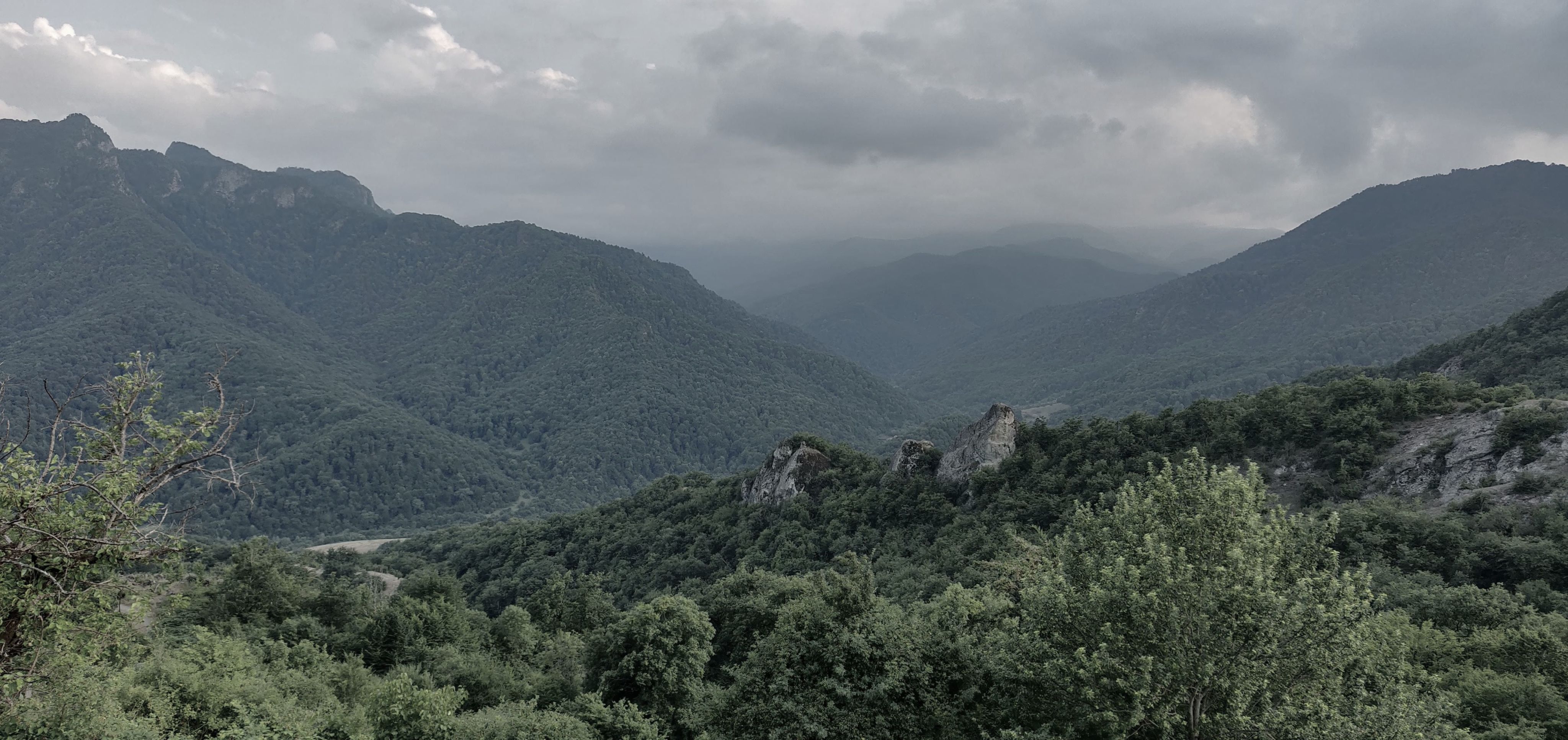
III. Extrajudicial Killings and Mutilation of the Deceased
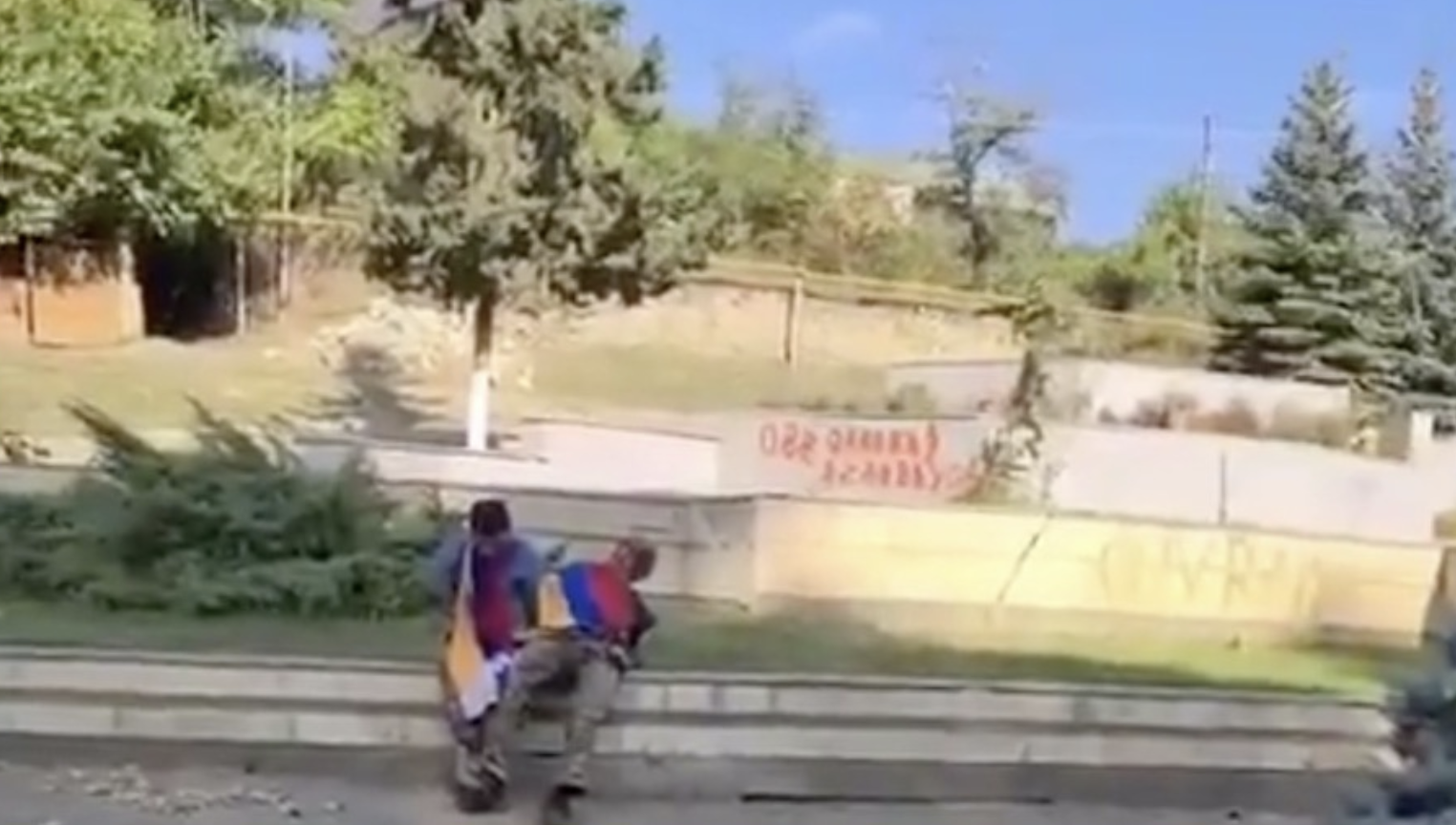
Image of two civilians executed by Azerbaijani forces in Hadrut, verifed by Bellingcat.
Image of two civilians executed by Azerbaijani forces in Hadrut, verifed by Bellingcat.
Azerbaijani forces have carried out extrajudicial killings of Armenian soldiers and civilians both during and following the 44-Day War for which on one has been held to account.
Postwar killings have ranged from summary execution of soldiers in the wake of combat who had been injured and/or disarmed prior to their execution to entering communities and killing the civilians who remain. Among non-combatants who have been extrajudicially killed are the elderly and disabled who would not or physically could not escape before Azerbaijani forces overtook their towns.
Azerbaijan's leadership condones and encourages the cruelest forms of violence against Armenians through widespread hate speech and racist propaganda, as well as by failing to investigate and hold perpetrators to account.
The acts of many executions were filmed and posted to social media by the perpetrators themselves, then widely circulated on TikTok and Telegram.
Azerbaijani forces have also filmed the bodies of combatants killed in action, which they mutilated post mortem. It is not always apparent solely based on the content of the videos whether the mutilation occurred before or after death, but practices include chopping off limbs, carving messages across torsos, exposing victims' genitals and breasts, inserting digits or foreign objects into victims' mouths and empty eye sockets, severing victims’ heads, placing severed heads onto the bodies of animals, and other forms of horrific treatment. Azerbaijani forces have also summarily executed and mutilated civilians who remained in the towns that they captured and soldiers whom they took after an Azerbaijani victory in the battlefield.
Subsequent to the killings, Azerbaijani authorities unjustifiably held onto the bodies of many of the victims for months before handing them over to Armenian authorities, prolonging and deepening the emotional suffering of victims' families. During that time, stickers, memes and emojis surfaced, displaying the victims in made-up degrading scenes. They were often sent by perpetrators to family members through their social media feeds and messages. The latter practice occurred in the case of soldiers killed in combat as well.
The widespread and numerous nature of these killings in conjunction with frequent expressions of praise from the Azerbaijani public and the absence of accountability suggests that this has been a systematic practice within the Azerbaijani military, rather than isolated or fringe cases.
Armenian families whose relatives are presumed or proven to have been killed extrajudicially have experienced significant obstacles in their search for information and in their efforts to recover their loved ones' remains. The Armenian government has also failed to provide adequate administrative support to elderly and ill family members of victims as they navigate Armenian bureaucracy in search of information, accountability and reparations.
Home or Survival: An Impossible Decision
M. was born in a village in Nagorno-Karabakh in the 1940s. She grew up in Baku but fled with part of her family to Armenia in the late 1980s amidst increasing ethnic violence against Armenians in Azerbaijan. Despite this tumultuous childhood, it wasn't until October 2020, at 83 years old, that she lived through the most horrific experience of her life.
When the war broke out, M. was living in Azokh village, taking care of her elderly brother Yuri, two years her junior. Azokh is less than twenty kilometers from Hadrut, one of the decisive battlegrounds during the 44-Day War. No matter how much M. insisted, Yuri refused to leave the home his father had built for him and his siblings. M. remained by Yuri's side for weeks, taking shelter in basements, listening to drones fly overhead and hearing the daily shelling from nearby Hadrut city. Eventually, fear overcame her, and she was forced to leave Azokh, where her brother remained. “When you already see and feel the war right there, you think only about escape."
Six days after M. fled their village, Azerbaijani forces entered Azokh. They captured Yuri, apparently dragging him out of his house. An Azerbaijani soldier began filming Yuri's final moments. He begged for his life as another soldier sawed at his throat with a knife. The soldier who filmed the murder posted it on Telegram for the world to see.
Yuri's death was devastating for his family. “Imagine how it affects me as his sister,” M told our team. “I feel like I don’t even exist, I cannot find my place. It feels like I don’t even exist in this world.”

The video has been independently verified by Amnesty International.
The video has been independently verified by Amnesty International.

iv. Genocidal discourse and policies
The rights abuses committed during and following the 44-Day War exist in a context of decades of racial animosity expressed by Azerbaijani leadership towards ethnic Armenians. The Azerbaijani government has fomented ethnic hatred by destroying cultural heritage sites, utilizing genocidal rhetoric about Armenians, and promoting discrimination in State institutions and projects. Hate speech and discrimination against Armenians in Azerbaijan is not new, and has worsened during and following the 2020 war; as many of our older interviewees recalled from their own lives, pervasive hate speech and discrimination in Azerbaijan has been a major driver of violence against ethnic Armenians at least since the 1980s. In November 2017, the Advisory Committee on the Framework Convention for the Protection of National Minorities of the Council of Europe acknowledged that “an entire generation of Azerbaijanis has now been raised with a rhetoric of hate, hostility and victimhood, which may have an impact on prospects of future reconciliation.”
Hateful rhetoric has emanated from the highest levels of the Azerbaijani government. President Aliyev has referred to ethnic Armenians as “barbarians and vandals,” who are infected by a “virus” for which they “need to be treated.” Elnur Aslanov, head of the Political Analysis and Information Department of the Presidential Administration, referred to Armenia as a “cancerous tumor,” while Ziyafat Asgarov, First Deputy of Parliament called Armenians a “disease.”
Genocidal and expansionist remarks by government officials reveal the aims of this degrading rhetoric.
The original interview appears to have been removed.
Evidence presented by United States Congressman Joseph Knollenberg at a hearing before the Committee on Foreign Affairs
Discourse from these high-level leaders has inevitably bled into popular Azeri society. In a nationwide address during the hostilities in September 2020, President Aliyev described how “Azerbaijani soldiers drive [Armenians] away like dogs.” This phrase exploded across Azerbaijani social media and eventually became a popular hashtag.
More examples of such vitriolic sentiments followed suit across Azerbaijani social media.
“We must kill Armenians. No matter whether a woman, a child, an old man. We must kill everyone we can and whoever happens. We should not feel sorry; we should not feel pity. If we do not kill (them), our children will be killed.”
Deeply entrenched anti-Armenian hatred does not end with bigoted rhetoric by government figures and in official materials, but is effectuated in policies and programs.
Azerbaijan opened a Military Trophy Park after its victory in the 2020 Nagorno-Karabakh War featuring degrading statues of defeated Armenians; though the park was subsequently downsized after Armenia applied to the International Court of Justice to issue a provisional measure closing the park, it remains open to the public. In another post-war example, Azerbaijan began producing a commemorative stamp showing a split-screen image of an Azerbaijani soldier and a man in a chemical biohazard suit standing over a map of Azerbaijan and fumigating the area of Nagorno-Karabakh.
Ethnic hatred has underpinned much of the Azerbaijani forces' deliberate infliction of physical pain, emotional suffering, and public humiliation upon Armenians captured or executed both in wartime and peacetime.
This is particularly apparent in the widely circulated videos of soldiers using discriminatory rhetoric as they attack soldiers and civilians, including the sexual mutilation of bodies of female combatants and other forms of extreme violence. The widespread regard for Armenians as a people to be eradicated from or supplanted in the region has underlain Azerbaijani soldiers’ practice, recounted in our interviews with victims and documented widely, of forcing captives to declare Nagorno-Karabakh to be Azerbaijan’s and Azerbaijan’s alone.
These methods are consistent with the overarching pattern of ethnic discrimination that characterizes all the categories of rights violations analyzed in the forthcoming report.
Azerbaijan's aspiration to “wipe out” Armenians affects not only Armenian people, but also physical symbols of their existence as a culture and society. To this end, Azerbaijan has carried out a multi-pronged attack on Armenian cultural heritage that has involved destruction, erasure and revisionism, and obstructing access to cultural sites:
1. Destruction. Azerbaijani forces have destroyed Armenian churches, cemeteries, museums, and monuments during the 2020 war and afterwards as they took control of additional territory.
2. Erasure and revisionism. As a matter of state policy, Azerbaijan has imposed revisionist history of Armenian cultural monuments that have come under their control by erasing Armenian writing and markings from structures. Meanwhile, high-level officials have publicly expounded revisionist discourse. The revisionism has extended to a successful campaign to rename and publish false historical data about Armenian churches on Google Maps, including sites known to and visited by our team.
3. Obstructing access. Intimidation by Azerbaijani forces near border communities have effectively blocked residents and pilgrims from reaching places of worship.
In March 2022, the European Parliament passed a resolution acknowledging, “Elimination of the traces of Armenian cultural heritage in the Nagorno-Karabakh region is being achieved not only by damaging and destroying it, but also through the falsification of history and attempts to present it as so-called Caucasian Albanian.” Further, the resolution strongly condemned “Azerbaijan’s continued policy of erasing and denying the Armenian cultural heritage in and around Nagorno-Karabakh” and recognized that the “erasure of the Armenian cultural heritage is part of a wider pattern of a systematic, state-level policy of Armenophobia, historical revisionism and hatred towards Armenians promoted by the Azerbaijani authorities."
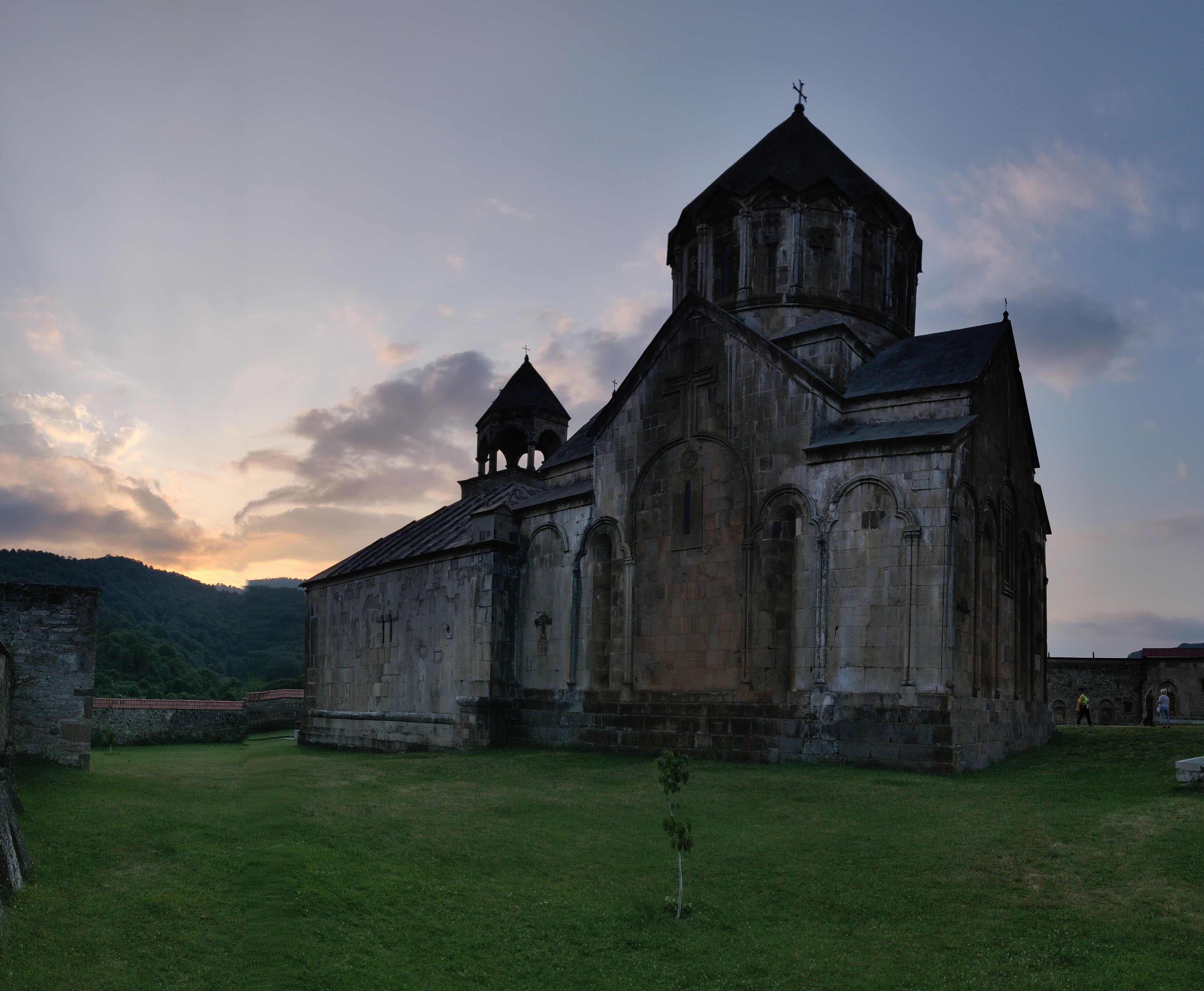

Azerbaijan's aspiration to “wipe out” Armenians affects not only Armenian people, but also physical symbols of their existence as a culture and society. To this end, Azerbaijan has carried out a multi-pronged attack on Armenian cultural heritage that has involved destruction, erasure and revisionism, and obstructing access to cultural sites:
1. Destruction. Azerbaijani forces have destroyed Armenian churches, cemeteries, museums, and monuments during the 2020 war and afterwards as they took control of additional territory.
2. Erasure and revisionism. As a matter of state policy, Azerbaijan has imposed revisionist history of Armenian cultural monuments that have come under their control by erasing Armenian writing and markings from structures. Meanwhile, high-level officials have publicly expounded revisionist discourse. The revisionism has extended to a successful campaign to rename and publish false historical data about Armenian churches on Google Maps, including sites known to and visited by our team.
3. Obstructing access. Intimidation by Azerbaijani forces near border communities have effectively blocked residents and pilgrims from reaching places of worship.
In March 2022, the European Parliament passed a resolution acknowledging, “Elimination of the traces of Armenian cultural heritage in the Nagorno-Karabakh region is being achieved not only by damaging and destroying it, but also through the falsification of history and attempts to present it as so-called Caucasian Albanian.” Further, the resolution strongly condemned “Azerbaijan’s continued policy of erasing and denying the Armenian cultural heritage in and around Nagorno-Karabakh” and recognized that the “erasure of the Armenian cultural heritage is part of a wider pattern of a systematic, state-level policy of Armenophobia, historical revisionism and hatred towards Armenians promoted by the Azerbaijani authorities."


Vardan, keeper of Armenian cultural heritage
During one of our trips to Armenia, University Network Researchers sat down with Vardan Asatryan, father, husband, and keeper of history and culture in Nagorno-Karabakh. He holds two masters degrees – one in political science and one in economics – but his true passion lies in preserving the stories of Armenian history and culture in the Nagorno-Karabakh region for future generations of Armenians.
With financial help from the Armenian diaspora, Vardan curated a museum in the town of Shushi in Nagorno-Karabakh that told the history of Armenian cultural heritage in the region through art, carpets, and artifacts, some dating as far back as 2000 years. Today, much of his collection has been seized by Azerbaijani forces, feeding a growing fear that the artifacts and the thousands of years of historical connection between Armenians and Nagorno-Karabakh will be lost forever.
Vardan is eager to explain how carpets tell a story, many times a religious one. The designs of the carpets are not random, but have a beginning and an end, a top and a bottom, and – as Vardan likes to say – are “the original pixelated images.” With the displacement of people like Vardan, there are fewer people who can help keep this history and these stories alive.
Like many other Armenians from the Nagorno-Karabakh region, Vardan is currently living in Yerevan, forcibly displaced from his home in the final days of the 44-Day War. Vardan's museum was located in a civilian area. After a few days of intense shelling, with one artillery round landing in the front yard of one of his museums, Vardan resigned himself to the fact that Shushi would be lost to Azerbaijani forces. With the help of a friend and two soldiers who happened to be passing by, they rescued 50 paintings from his collection to immediately send out of Nagorno-Karabakh. To stay undetected by Azerbaijani drones, the vehicles transporting the items drove in the middle of the night without headlights for approximately thirty kilometers before crossing into safety at the Armenian border.
Vardan did not have time to rescue items from the second building, including 99 ceramics, 120 carpets, 50 bronze artifacts, and pieces from a midcentury exhibit. Azerbaijani troops posted videos online of them capturing and ransacking what was left of his museum, and President Ilham Aliyev called Vardan out by name, accusing him of being a thief and “stealing” Azerbaijani culture. After showing our researchers that video, Vardan reflected, “How could I leave my artifacts there – what would happen to them? They would pillage my museum like they did the second building. They would claim it as theirs.… If I had left them there, us as a culture, you would say goodbye to us. The history of our culture weaved into the carpets would disappear.”
Vardan eventually wants to bring the artifacts back to Artsakh, but he knows that this isn't possible. “Shushi is full of Azerbaijanis, so how could I go back?” He hopes to publish a book on the historical Armenian culture in Nagorno-Karabakh to help preserve the history and culture for future generations.
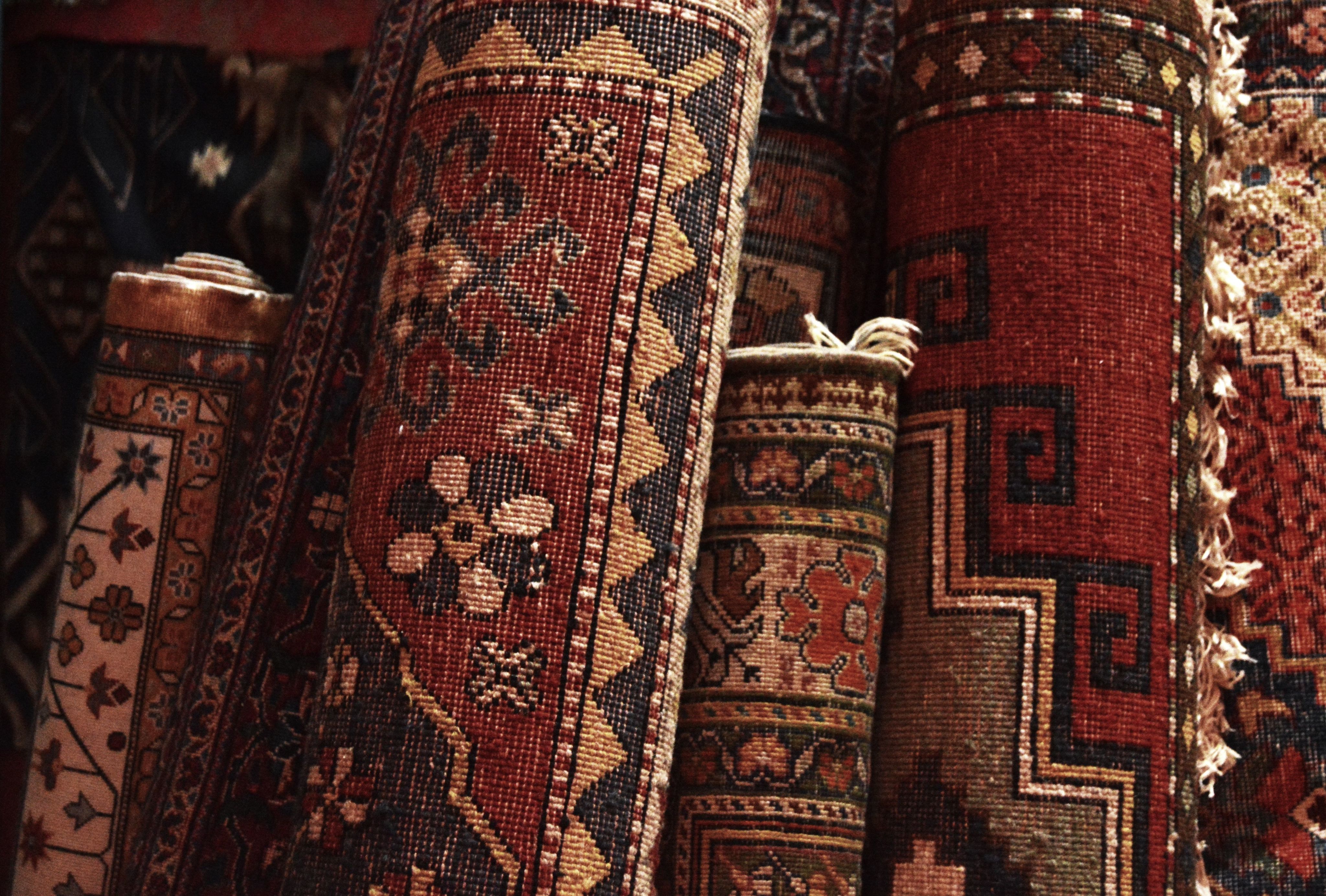
Nearly a year ago, the University Network issued the following statement:
If the current escalation is allowed to continue, these (and perhaps greater) atrocities will likely be repeated. Equally terrifying is the very real possibility that Armenia–cornered and desperate–will sacrifice the people of Nagorno-Karabakh to secure the country’s territorial integrity… In the absence of accountability for the violations committed during and in the aftermath of the 44-day war in 2020, Azerbaijan, Turkey, and Russia may well allow the situation to degenerate into wholesale ethnic cleansing and slaughter of civilians in Nagorno-Karabakh, convinced that the world will shrug its shoulders and move on.
Unfortunately, the above holds true now more than ever. The window to prevent yet another collective failure to live up to “never again” is closing.
Recommendations
To Azerbaijan:
- Cease all attacks and encroachment on Nagorno-Karabakh and Armenia in accordance with the November 9, 2020 ceasefire agreement.
- Stop thwarting the free movement of goods, services, and people into, out of and throughout Nagorno-Karabakh along the Lachin Corridor.
- Ensure that there are no obstructions to the optimal functioning of infrastructure providing gas, electricity, and essential services in Nagorno-Karabakh.
- Given the ample evidence that ethnic hatred puts Armenians at high risk of mistreatment in Azerbaijani custody: a. Cease detentions of Armenians in Nagorno-Karabakh and border areas with Nagorno-Karabakh or Armenia; and b. Release all Armenian prisoners detained in Nagorno-Karabakh and border areas with Armenia. c. If there is a legitimate basis to believe that Armenians have committed war crimes or crimes against humanity, they should be tried before a legitimate international or domestic court with jurisdiction outside of Azerbaijan.
- End all secret detention and share all information in the possession of any and all state agents regarding the whereabouts and fate of Armenians who remain classified as “missing” with the ICRC, Armenian government, victims' families and independent human rights monitors.
- Prevent future violations of international humanitarian and human rights law including arbitrary detentions, enforced disappearances, torture, desecration of cultural heritage and extrajudicial killings. Specifically, to the Legal Department of the Azerbaijani Ministry of Defense, provide proper legal advice to military commanders and personnel employed in detention centers that makes clear the obligation to issue and follow only commands consistent with international humanitarian law, human rights law, and the international binding treaties that further obligate Azerbaijan.
- Investigate all allegations of arbitrary detention, torture and ill-treatment of detainees in Azerbaijan's custody, enforced disappearance and extrajudicial killings at all levels of government, and hold those responsible to account. Engage constructively with the international community in carrying out these investigations.
- Azerbaijani public officials at all levels must refrain from spreading hate, calling for violence, and advocating discriminatory measures against Armenians, including by putting an end to state programs that perpetuate and reward discrimination.
- Take immediate measures to prevent continued destruction of Armenian cultural heritage. Rectify any damage that has already been incurred.
To Armenia:
- Take the long-term mental health impacts of prolonged detention and torture seriously, and provide accommodations to conscripts and mental health resources (for example, regular visits with psychologists and support groups) to returned prisoners of war.
- Ensure the provision of adequate administrative, logistical, psychological and socio-economic support to family members of victims of extrajudicial killings, arbitrary detention, torture, and possible enforced disappearance, especially those who are elderly and/or disabled.
To the International Community:
- Independent human rights monitoring mechanisms should conduct investigations into rights abuses, including inspecting detention sites in Azerbaijan and visiting border communities in Nagorno-Karabakh and Armenia, in a way that complements the role of the International Committee of the Red Cross.
- Encourage Armenia and Azerbaijan to negotiate an agreement that ensures the continuity of the political and administrative independence of Nagorno-Karabakh, including by protecting it from any efforts to force its population into submission through measures such as the blockade of the Lachin Corridor and abusive control of vital infrastructure.
- Improve security of residents of border communities in Nagorno-Karabakh and Armenia through the establishment of a multinational peacekeeping force to complement or eventually substitute the Russian presence.
To the private sector:
- Conduct a review of the naming and description of cultural sites that have been introduced on social media and web mapping platforms since September 27, 2020. Correct inaccurate naming and descriptions.
- Going forward, conduct robust, independent fact-checking and consult with experts in the cultural history of the region before assigning names and descriptions to cultural sites in and around Nagorno-Karabakh, in particular in those areas that have recently been taken over by Azerbaijan.
- Design and implement effective policies to curb speech inciting violence against Armenians on social media platforms.
University Network for Human Rights
The University Network for Human Rights conducted this research in collaboration with students, lawyers, and academics at Wesleyan University, the Yale Lowenstein Project, UCLA's Promise Institute for Human Rights, and Harvard Law School's Advocates for Human Rights between March 2022 and July 2023. UNHR works with faculty and students at institutions across the globe, partnering with advocacy organizations and communities affected or threatened by abusive state, corporate, or private conduct to advance human rights at home and abroad.
UNHR trains university students in interdisciplinary human rights protection and advocacy; and collaborates with academics and human rights practitioners in other parts of the world to foster practical, interdisciplinary programs in human rights.

